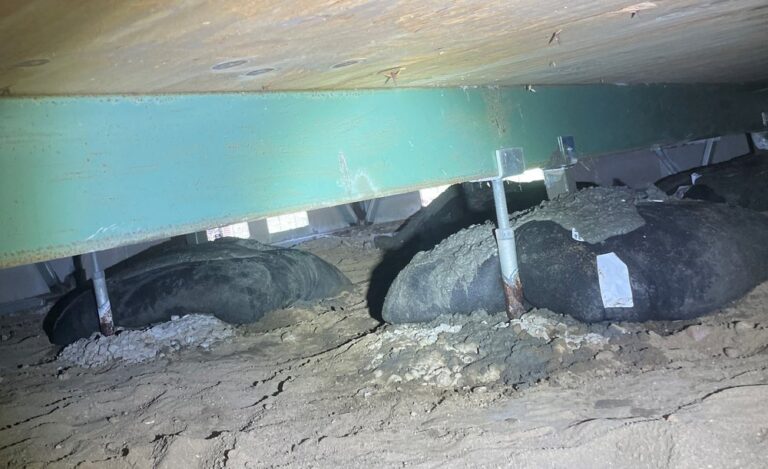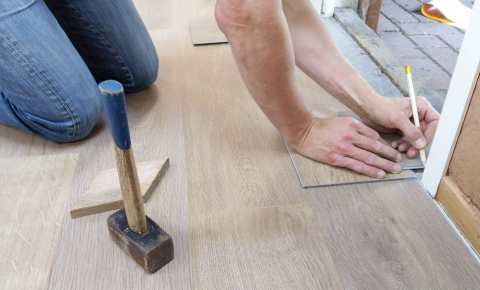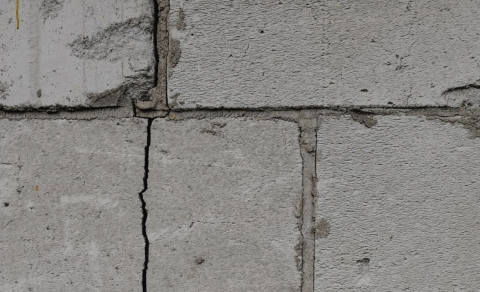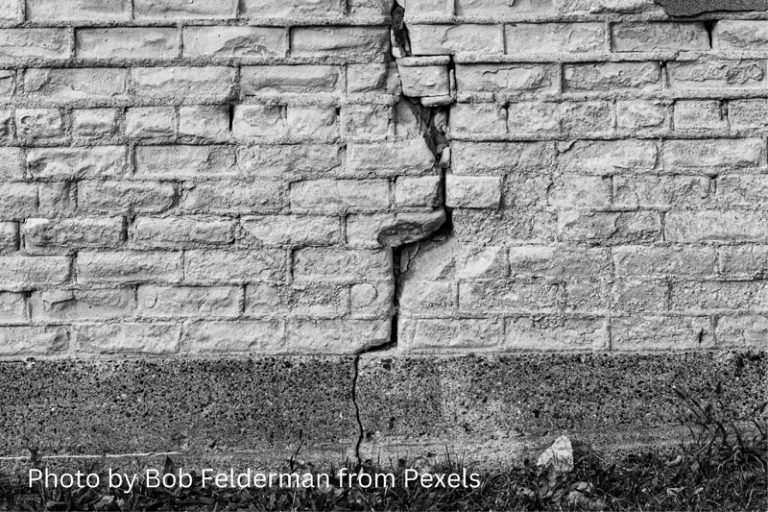Foundation Repair for Historic Homes: Preserving Your Legacy
Owning a historic home is a unique privilege that comes with a responsibility to preserve its character and legacy. One of the key elements that require careful attention in maintaining historic homes is the foundation. As the backbone of these structures, the foundation often faces challenges over time. In this article, we will explore the importance of foundation repair for historic homes and how it plays a vital role in preserving the legacy of these architectural treasures.
Understanding the Significance of Historic Homes:
Historic homes are not just buildings; they are tangible pieces of our shared history and cultural heritage. These structures often feature architectural styles, craftsmanship, and materials that reflect the time in which they were built. Preserving historic homes is essential for maintaining a connection to our past and ensuring that future generations can appreciate the architectural diversity that defines our communities.
Challenges Faced by Historic Home Foundations:
Aging Materials:
Many historic homes were constructed using materials that were popular in their era but may not have the longevity of modern building materials. This can lead to deterioration and structural issues over time.Settling and Shifting:
Due to the passage of time, historic homes may experience settling and shifting of the foundation. This can result in cracks, uneven floors, and other signs of foundation distress.Changing Environmental Conditions:
Historic homes may have been built in a different climate or with different considerations for environmental factors. Changes in weather patterns and soil conditions can impact the foundation’s stability.
The Importance of Foundation Repair:
Preservation of Architectural Integrity:
Foundation repair for historic homes is not just about fixing structural issues; it’s about preserving the architectural integrity of these structures. Careful repairs can help maintain the original design and craftsmanship.Preventing Further Deterioration:
Timely foundation repairs can prevent further deterioration and structural damage. By addressing issues promptly, you can avoid more extensive and costly repairs in the future.Ensuring Longevity:
Foundation repair is an investment in the longevity of a historic home. It allows these structures to stand strong for generations to come, ensuring that they remain a part of our cultural landscape.
Guidelines for Foundation Repair in Historic Homes:
Consult with Preservation Experts:
Before undertaking any foundation repair in a historic home, consult with experts in historic preservation. They can provide guidance on the most appropriate methods and materials to use.Use Reversible Repair Techniques:
Whenever possible, opt for reversible repair techniques. This means using methods that can be undone or modified in the future without causing damage to the historic fabric of the home.Preserve Original Materials:
If replacement of materials is necessary, make an effort to preserve and reuse original materials whenever possible. This helps maintain the authenticity of the home.
Conclusion:
Foundation repair for historic homes is not just about fixing structural issues; it’s about preserving a piece of our collective heritage. By investing in the foundation of these architectural treasures, we contribute to the longevity and continued appreciation of historic homes for generations to come. Through careful maintenance and repair, we can ensure that these homes remain a testament to our shared history and a source of inspiration for future generations.







